Tech Challenge
As we developed we started encountering issues with Kinect 2. The motion detection was not as precise as we required and it was challenging two sync more than one Kinect 2 together. This led us to research other motion sensing devices that could be of better use to us. We found Kinect Azure was a more suitable choice for our project.
Kinect 2 vs Kinect Azure
Volumetric Video – Kinect azure has a synthetic RGBD resolution of 4096×3072 that generates an astonishing 12 million points every 66.6 milliseconds. In comparison to Kinect v2 which tops only 2 million points per frame. Thats 6 times more points which makes it great for capturing good quality volumetric video.
Multiple Kinect Sync – The hardware synchronisation via 3.5 mm jacks allowing multiple Azure Kinect camera frames to be synced together.
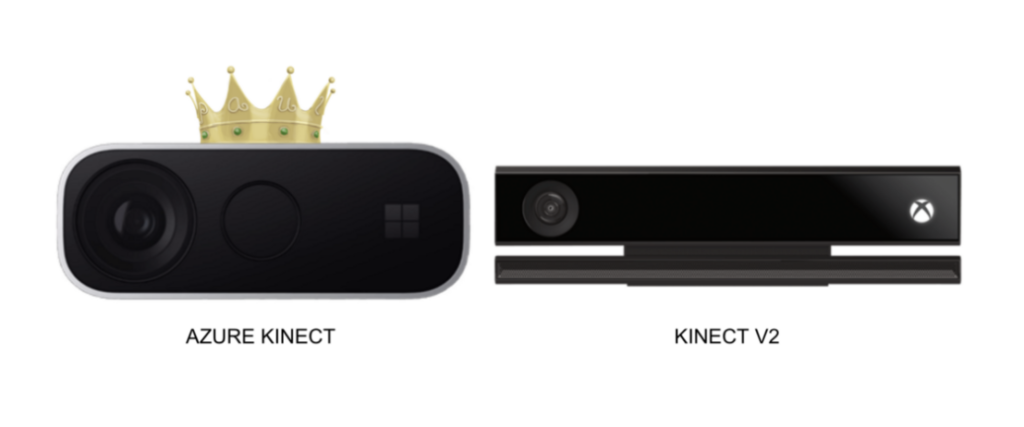
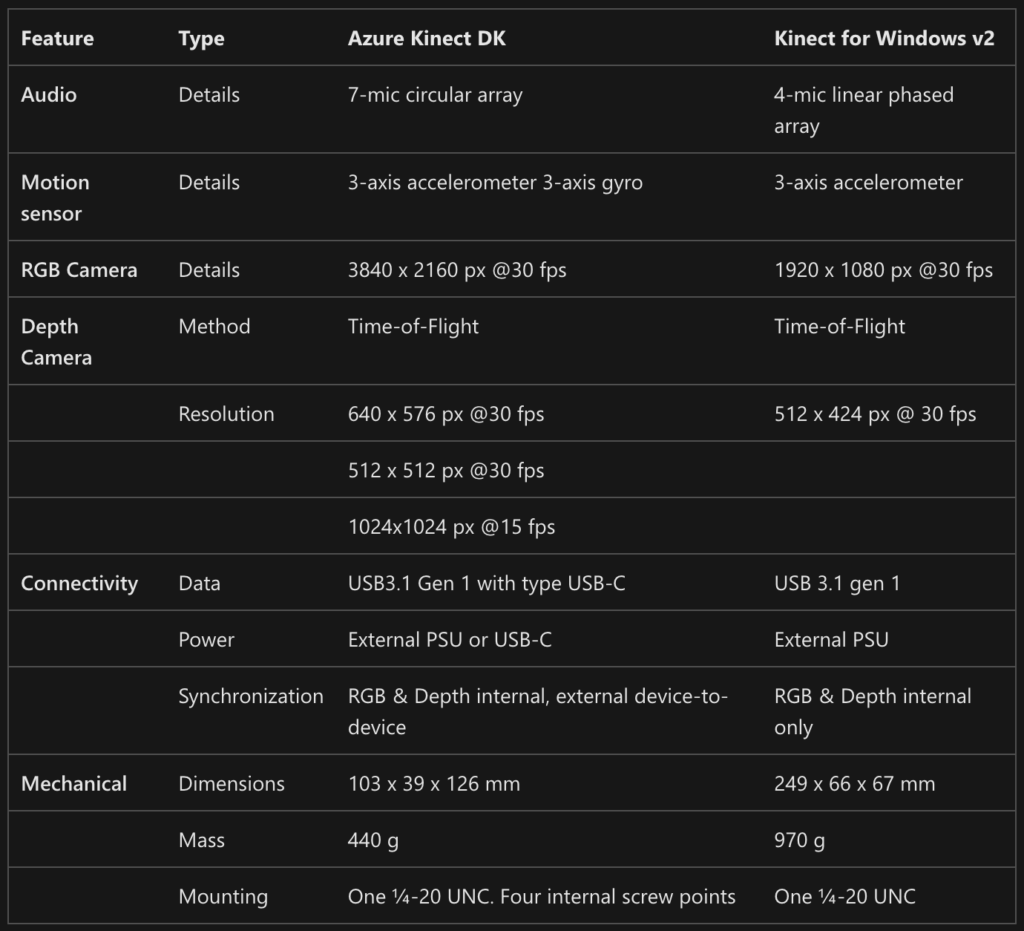
Our team had only learnt a week earlier that our client will not be providing us with the open AfterEffetcs files of her animation video which we were to use for the projection. mapping in room 2. This had got our artists busy in creating experiments for the animations that we will produce inspired from the original video provided by her.
Animation Experiment
We decided to create one AfterEffects file with all the wall and then crop them into 5 video to render them separately.
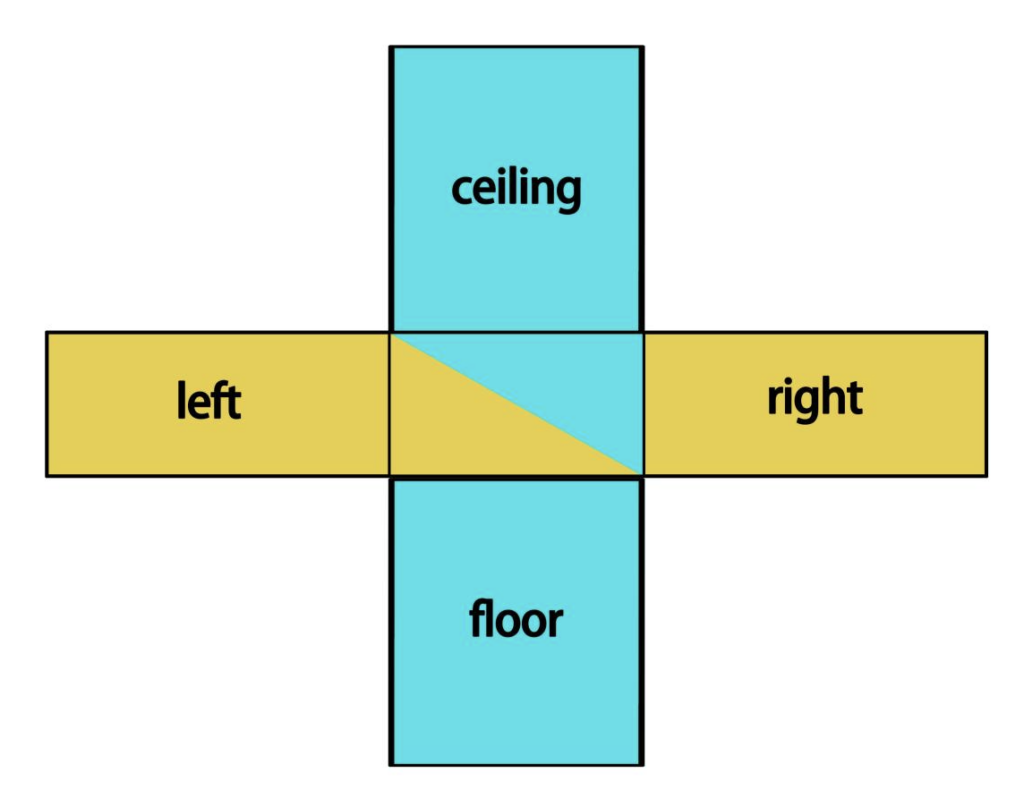
We checked the animation experiments for render speed, software feasibility, and similarity with the original video. We encountered AfterEffects crash 6 times to render of a 10 seconds animation at 4k which led us to export at a lower resolution until we found rendering solution. With only a few weeks remaining we had to find the most efficient ways of producing 5 4k videos, 1 for each wall of 8 mins duration. We continued researching on the best softwares for mapping these animation videos like Touch Designer and Unity.
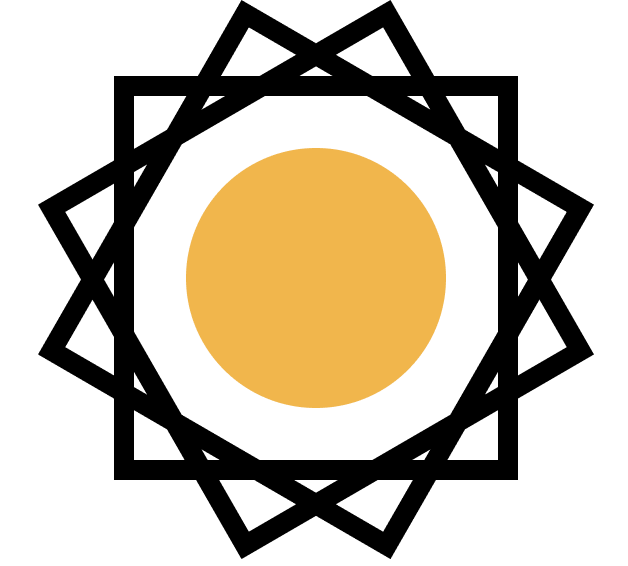
Comments are closed